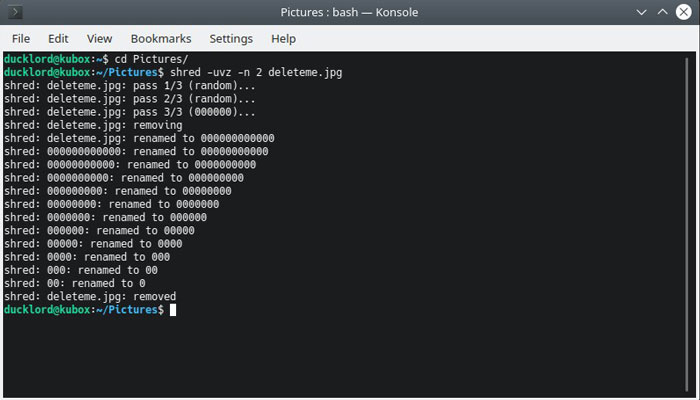

- Add new file in command line for mac zip file#
- Add new file in command line for mac archive#
- Add new file in command line for mac zip#
Add new file in command line for mac zip#
zip extension is added to the name of the file.
Add new file in command line for mac zip file#
Zip file is created and save in the current working directory. Select the files you want to zip, and right click on their selection.
Add new file in command line for mac archive#
Remove the “f” if you don’t want to risk deleting something that may produce an error. Locate the files or folders you want to archive using Mac Finder. The command for “rm” means to remove, the flag “R” is recursive which will allow you to delete the contents of a directory, and “f” means force, causing the Terminal to delete the file regardless of the error it may cause. Figure E rm -Rf /Users/UserName/Desktop/filename Be sure that there is a space between rm -Rf and the directory path. which will also run the executable file with its specified shell (if specified in the shebang /bin/ (shell) Right-click on the. Faster is to type sh and a space and then drag the file to the window and release the icon anywhere on the window. This provides the file’s destination so that you don’t have to type it manually. Open Terminal, type in sh /path/to/file and press enter. Then Drag the file ( filename) from your Desktop into the Terminal window and release. Now that we have created this filename file, lets delete it! With your Terminal still open, type the following at the command prompt: rm -Rf Touch filename Figure D Figure D Deleting files using the Terminal If you want to know what directory you are in at any time, type pwd at the command prompt.

To change your location within Terminal, simply type at the command prompt: cd Desktop/ Figure B Type the first couple of letters of the word Desktop and press tab to auto complete the directory name. I’ll be using the Desktop for this example but you can place it in any location that you like. Once open, you want to change your location from your User folder to the location where you would like to place the file. command file which in turn should create a dummy file named 'igger'. To create a blank file with no associations or data, start by navigating to Utilities | Applications folder and double-click the Terminal.app. With that in mind, be certain that the files you wish to eliminate are indeed the files you intended to remove. After deleting a file with the Terminal, there is no way to retrieve it. Here is a helpful terminal tip for creating and deleting files that I often find creative uses for.Ī word of warning for those of you who are not familiar with the Terminal.app: Keep in mind that when using the Terminal to delete things that it is really easy to delete something that you didn’t intend to.
/Comand.jpg)
Other times, I just need a file that contains no data and is not associated with any applications. Sometimes, however, I want to delete something permanently, as I know for sure that there are no future uses for it. I feel that if I deleted anything prematurely that there may be a version or an image that I can still dig out in a time of need. I as a web developer I personally love to keep a ton of things in my Trash.


 0 kommentar(er)
0 kommentar(er)
